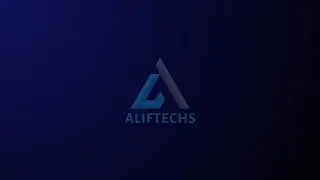pip install options in requirements txt
Download this code from https://codegive.com
When working on a Python project, managing dependencies is a crucial aspect of the development process. The requirements.txt file is commonly used to specify project dependencies and their versions. In this tutorial, we will explore various options available for the pip install command within the context of a requirements.txt file.
A typical requirements.txt file includes a list of dependencies, each specified on a new line. The basic format is as follows:
For example:
To install dependencies listed in a requirements.txt file, you can use the following pip command:
This command reads the file and installs the specified packages and their versions.
You can use comparison operators to specify version ranges for your dependencies. For example:
This ensures that the installed version of numpy is greater than or equal to 1.20.0 but less than 2.0.0.
To upgrade packages to their latest versions, you can use the --upgrade flag:
This updates the requests package to the latest available version.
You can install packages directly from version control repositories (e.g., Git) by specifying the repository URL:
This installs the example-package directly from the master branch of the specified Git repository.
If you have a local copy of a package, you can install it using the -e option:
This allows you to work on the package locally while still treating it as an editable installation.
Some packages provide extra features that are not installed by default. You can specify extras in the requirements.txt file:
This installs the requests package with extra security features.
To exclude certain packages from installation, you can use the -e flag with the # symbol:
This ignores the installation of requests but installs flask.
Understanding the various options available for the pip install command within a requirements.txt file is essential for managing Python project dependencies effectively. By leveraging these options, you can control package versions, install from different sources, and customize your development environment.
ChatGPT


![[lone考拉] 20250627 |美女|热舞|](https://images.mixrolikus.cc/video/bweWae45nuM)




























